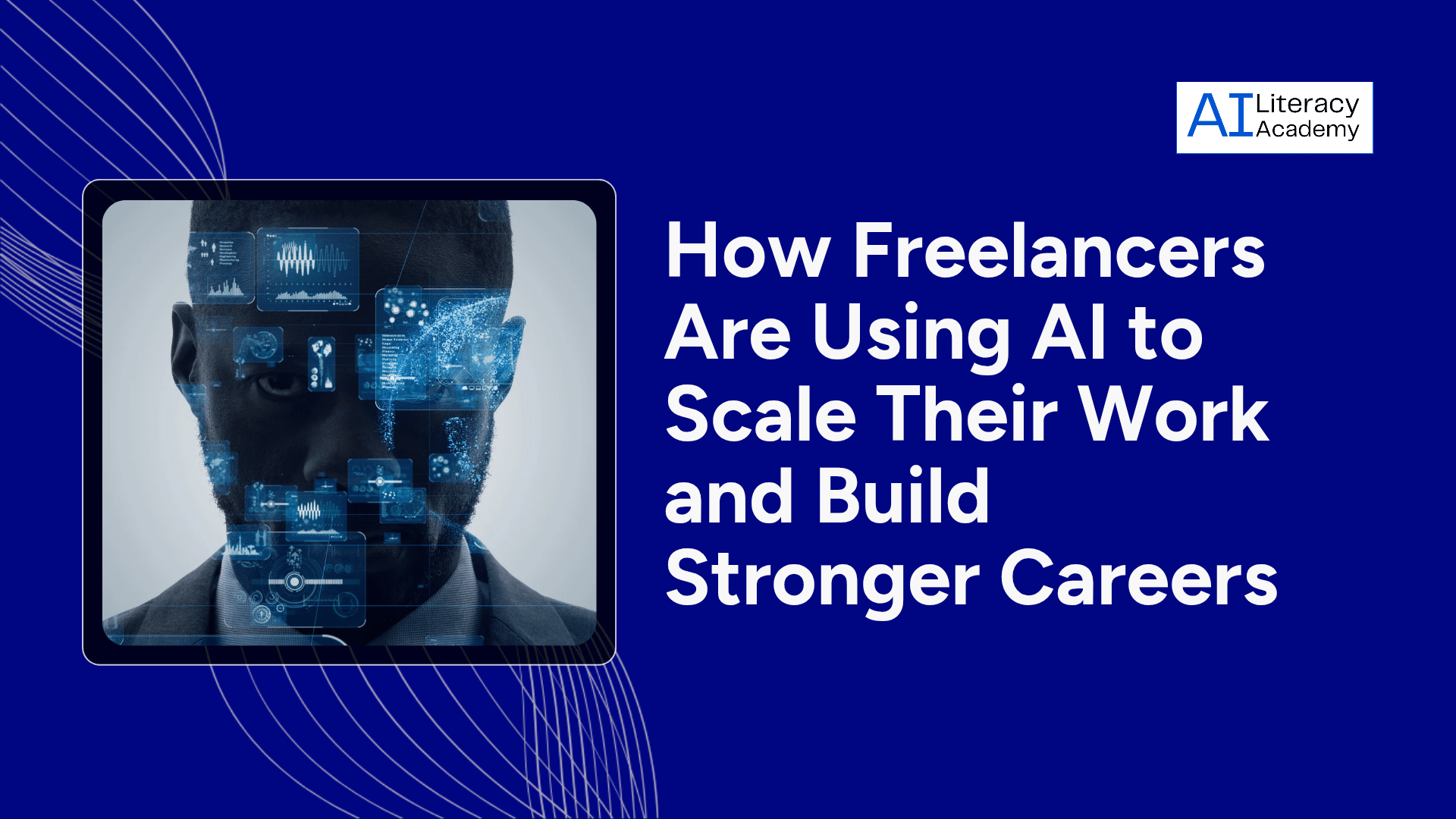Picture this: you sit at your desk, your systems humming quietly in the background. An email goes out, an updated spreadsheet appears, and a report lands in your inbox, none of it required a single click. That’s automation at work, the muscle of modern productivity. But behind the next wave of innovation lies the brain, AI agents that can reason, learn, and adapt.
Automation and AI agents often get mentioned together, but they’re not the same. Understanding the difference helps you work smarter. You’ll know when to rely on automation’s reliability and when to invite AI agents into the thinking process.
Automation: The Muscle of Modern Work
Automation is about precision and repetition. It follows explicit instructions and never asks why.
You tell it what to do, when to do it, and under what conditions, and it performs flawlessly every time.
Example:
When someone fills out a form on your website, an automation sends a welcome email.
When a payment arrives, it updates your records and notifies your team.
Automation shines when the task is predictable. It saves hours, eliminates errors, and keeps processes stable. But it can’t adapt when situations change. If the rule doesn’t exist, automation stops.
Automation is instruction, not intuition. It gives you muscle memory, not strategic thought.
AI Agents: The Brain Behind Adaptability
AI agents take the next step. They don’t just follow rules; they understand context.
An AI agent can observe data, reason through patterns, learn from experience, and make decisions toward a goal.
Example:
A virtual assistant that recognizes client priorities, summarizes meetings, and recommends next actions based on your calendar and tone of messages.
The distinction is intelligence. Automation executes commands. AI agents pursue outcomes.
That’s why many companies are shifting from “process automation” to goal-driven systems that think as they act.
According to McKinsey’s State of AI 2024 report, organizations that combine automation with adaptive AI saw productivity improvements of 30 to 40 percent across knowledge-based tasks.
The Core Difference
| Feature | Automation | AI Agents |
|---|---|---|
| Primary Function | Executes predefined rules | Understands goals and adapts to achieve them |
| Decision-Making | Follows if/then logic | Learns and reasons contextually |
| Flexibility | Fixed, cannot handle new scenarios | Dynamic, adjusts to change |
| Learning Ability | None | Improves with data and feedback |
| Best For | Repetitive, rule-based tasks | Strategic, adaptive, and creative work |
Think of automation as muscle that remembers. Think of AI agents as the brain that learns.
Together, they form a complete body of work intelligence.
When the Lines Blur
In practice, the best systems combine both.
An AI agent can decide what needs to happen, while automation carries out the action.
Example:
An AI agent detects a drop in customer engagement and drafts personalized outreach messages.
Automation schedules and delivers those messages at scale.
This partnership mirrors how great teams operate: strategy first, execution second. Humans define intent, AI agents plan, and automation delivers.
When to Use Each
Use Automation When:
- The workflow is repetitive and rule-based.
- Data inputs rarely change.
- The goal is efficiency or error reduction.
Use AI Agents When:
- The task requires reasoning, adaptation, or creativity.
- You need continuous improvement, not static output.
- You want systems that learn as they go.
For example, a marketing firm might automate lead assignment but use AI agents to analyze buyer behavior and personalize campaigns.
Automation handles the what.
AI agents handle the why and how.
Building Smarter Workflows
Start with automation to stabilize your processes, then layer AI agents to amplify intelligence.
This blended approach gives you reliability and foresight in the same system.
Example:
Automation: Sends follow-up emails after meetings.
AI Agent: Analyzes tone, identifies key prospects, and drafts personalized messages for each client.
This is how modern organizations scale without burnout, by pairing the muscle of automation with the brain of adaptive intelligence.
Let’s see this in motion.
Real-World Examples
| Scenario | Automation | AI Agent |
|---|---|---|
| Customer Support | Routes tickets to departments | Detects sentiment, drafts empathetic responses |
| Marketing | Sends scheduled campaigns | Optimizes messaging using engagement data |
| Finance | Logs and categorizes transactions | Detects anomalies and forecasts cash flow |
| Operations | Updates dashboards | Predicts delays and suggests workload adjustments |
Automation saves time. AI agents create insight.
The combination doesn’t just make work faster, it makes it wiser.
If this sparked curiosity about how different AI agents function, like reflex, goal-based, and learning agents, explore our detailed guide: 7 Key Types of AI Agents (and How Each of Them Works).
Once you understand how these agents think, you’ll see how automation becomes only the starting line, not the finish.
The future belongs to professionals who combine both, systems that act and systems that adapt.
At AI Literacy Academy, we teach you how to build those systems: practical, ethical, and designed for real-world performance.
Discover upcoming programs and resources at ailiteracyacademy.org.
